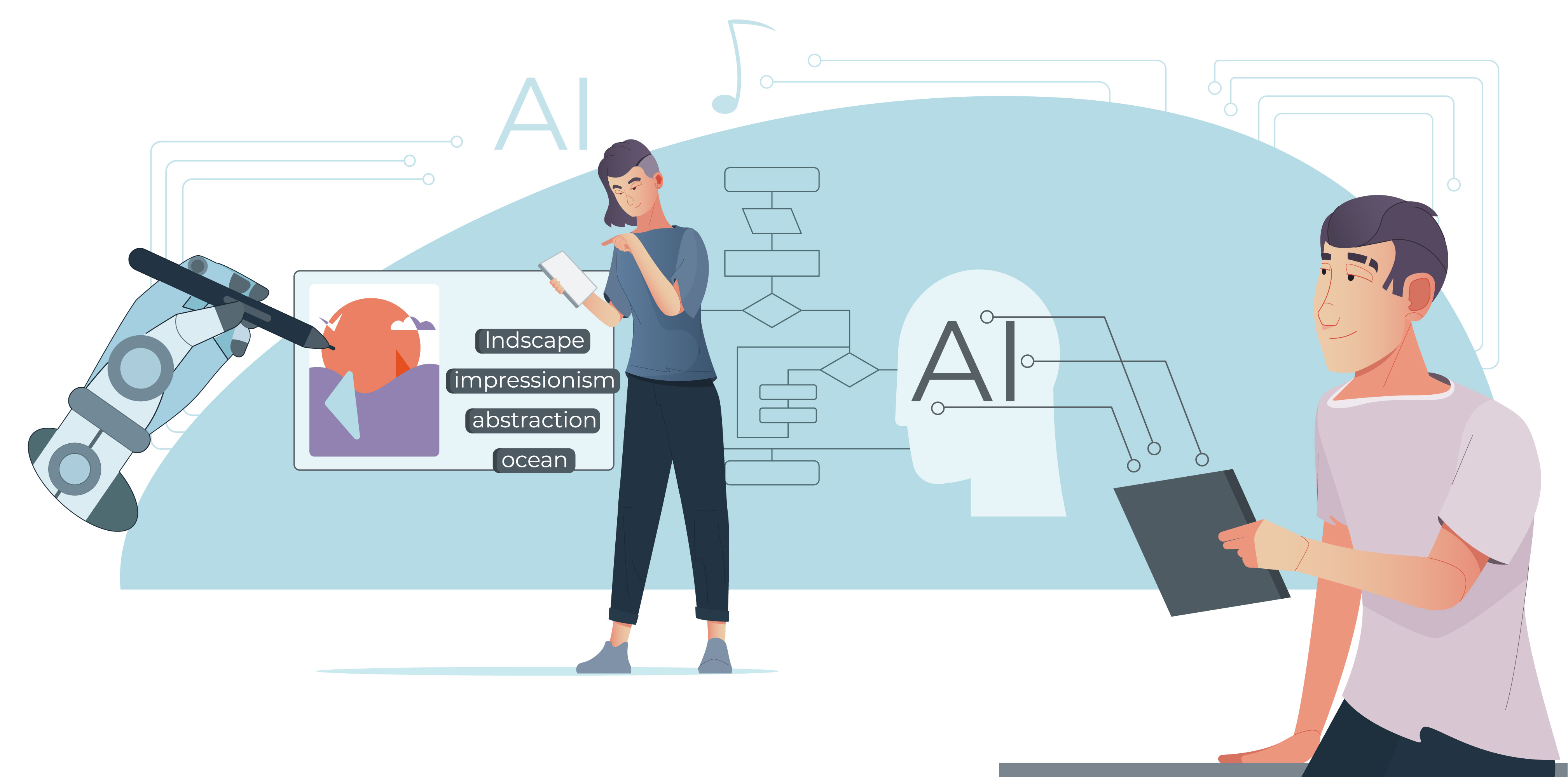How Digital Transformation is Redefining Product Development Strategies

Digital transformation is more than just a buzzword; it's a paradigm shift impacting how businesses operate, deliver value, and stay competitive. One of the most significant areas of influence is product development. As companies integrate advanced technologies into their core operations, traditional product development strategies are being reimagined to meet the demands of a fast-paced, tech-driven market.
This blog explores how digital transformation is reshaping product development strategies with the help of product development companies, the technologies fueling this shift, and the benefits businesses can expect when they align their development processes with digital capabilities.
1. From Linear to Agile: The Evolution of Development Methodologies
Traditionally, product development followed a linear, stage-gate model. This approach often resulted in long cycles, delayed feedback, and a high risk of market misalignment. Digital transformation has paved the way for agile methodologies that emphasize iterative progress, cross-functional collaboration, and continuous feedback loops.
Agile frameworks allow teams to adapt quickly to market changes, user needs, and technological advancements. Digital tools such as Jira, Trello, and Azure DevOps support real-time tracking, sprint planning, and communication, enabling seamless execution.
2. Enhanced Customer-Centricity Through Data-Driven Insights
With digital transformation, businesses have access to vast amounts of customer data from various touchpoints—web interactions, mobile apps, social media, and IoT devices. This data provides invaluable insights into user behavior, preferences, and pain points.
Incorporating data analytics into product development enables companies to design features that resonate with real user needs. Tools like Google Analytics, Mixpanel, and Hotjar allow teams to monitor user engagement, test assumptions, and prioritize high-impact features.
3. Integrating Emerging Technologies into Product Design
Digital transformation introduces a range of Digital Transformation trends AI, machine learning, IoT, blockchain, and cloud computing, that are revolutionizing product capabilities and user experiences.
For instance:
- AI and ML can personalize user experiences and automate decision-making.
- IoT enables the development of smart, connected products.
- Cloud computing supports scalable, accessible product platforms.
Product development teams are now integrating these technologies at the design stage, ensuring future readiness and innovation.
4. Shortened Time-to-Market and Increased Efficiency
Speed is critical in today's hyper-competitive landscape. Digital tools and cloud-based platforms accelerate development cycles by streamlining collaboration, automating testing, and facilitating rapid prototyping.
Continuous Integration/Continuous Deployment (CI/CD) pipelines, DevOps practices, and containerization (e.g., Docker, Kubernetes) further reduce bottlenecks and enable faster product releases without compromising quality.
5. Breaking Down Silos: Cross-Functional Collaboration
Digital transformation promotes a collaborative culture where product managers, designers, engineers, and marketers work in sync. Cloud-based tools like Slack, Miro, and Confluence foster transparency, idea-sharing, and alignment.
This holistic approach ensures that product development is aligned with business goals, customer expectations, and market trends.
6. Continuous Innovation and Iteration
In the digital era, product development doesn't end at launch. Products must evolve based on user feedback, performance data, and competitive benchmarks. Digital transformation empowers teams to iterate quickly, test new ideas, and release updates frequently.
This culture of continuous improvement is key to staying relevant and delivering sustained value.
Conclusion
Digital transformation is not just enhancing product development—it's fundamentally redefining it. By adopting agile methodologies, leveraging customer data, integrating emerging technologies, and promoting collaboration, businesses can develop smarter, faster, and more user-focused products.
As digital transformation continues to evolve, the companies that proactively adapt their product development strategies will be best positioned to lead in innovation, efficiency, and customer satisfaction.
Note: IndiBlogHub features both user-submitted and editorial content. We do not verify third-party contributions. Read our Disclaimer and Privacy Policyfor details.





